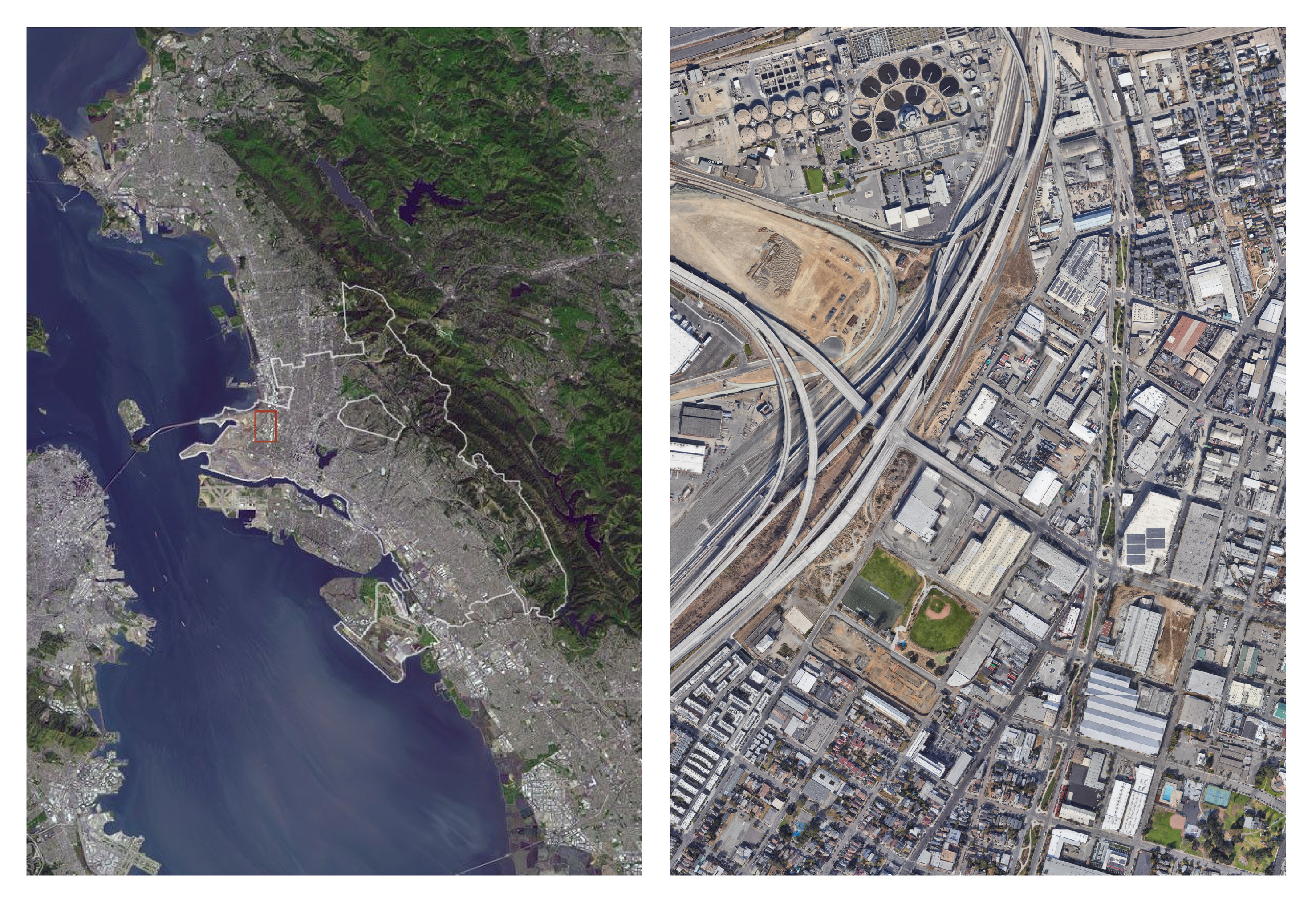chill city
speculative social enterprise leveraging hibernation in an extreme sharing economyAre you struggling to pay your rent or mortgage?
Do you have a hard time sleeping at night and feel tired all the time?
Is there a deadly virus sweeping across the planet?
Would you rather check out for a while and see more of the future?
Once the end of the Trans-Atlantic Railroad, West Oakland’s 16th Street Station
is now the portal through which new dreams become reality...





ACT I
The key discovery made at Berkeley was how to successfully thaw and reanimate frozen tissue without crystallization destroying cell walls. Unfortunately, because researchers still had not found cures to the many life-threatening illnesses that cryo-pioneers hoped to dodge, the immediate medical impact of this breakthrough was negligible.
However, a maverick investor from Silicon Valley saw an opportunity to address a different problem. Interested in how the urban development of the Bay Area was being impacted by the burgeoning tech industry, this individual was deeply concerned that the region was heading toward an affordable housing crisis. Given that the federal government had repeatedly cut funding for public housing, cities were increasingly forced to rely on public-private partnerships to meet housing demands. Seeing the tech industry’s juggernaut growth as a near certain indicator of its future trajectory, it seemed only a matter of time before marginalized communities in the Bay could no longer afford to maintain a roof over their heads.
Rather than trying to increase the dwindling supply of affordable housing, cryogenics offered a way to reduce demand by slowing the rate of housing consumption. The population would be divided into shifts; while one group would be frozen every few weeks (or months). Scarce resource consumption rates - including housing - would be dramatically diminished.





ACT II
In 1991, a firestorm rage through the hills on the east side of Oakland and up into Berkeley. Huge swaths of the most desirable and expensive residential real estate was burned to the ground. These neighborhoods would take many years to recover.
Instead of waiting for people to debate and consider various responses, our maverick investor decided it was necessary to immediate, radical action.
A plan was quickly devised and funded for an artificial hill to be constructed over an underutilized industrial zone in West Oakland. It met the ground and formed an edge along the tract where the collapsed viaduct awkwardly cut across the pre-existing urban grid. From there, the edge swung west word the highway, reaching a terminal point at the abandoned 16th Street Train Station. From these edges, the terrain climbed until it was cut off by the elevated freeway.
On the hillside, homes were built for those displaced by the fire. Beneath the hill, the old industrial buildings were converted into cryogenics infrastructure and storage facilities for both data, utilized by the tech industry, and temporarily frozen people. A new way of life was now possible.
Following the ratification of the 13th Amendment and the end of slavery in the United States, the Pullman Company hired African Americans as porters and maids on their luxury sleeper trains. For many years, it was one of the few opportunities available to the black labor force that offered respectable wages. These jobs were critical in building the black middle class in West Oakland and directly led to the formation of the first African American labor union, which years later became a driving force in the civil rights movement. Chill City repurposes the old Pullman sleeping cars as compact and mobile cryo-preservation pods, extending the legacy of the porters and maids who first settled and developed the area, while also combating insufficient housing and environmental degradation.
Board the train at the restored station, go to sleep, and wake up further down the line.
Instead of waiting for people to debate and consider various responses, our maverick investor decided it was necessary to immediate, radical action.
A plan was quickly devised and funded for an artificial hill to be constructed over an underutilized industrial zone in West Oakland. It met the ground and formed an edge along the tract where the collapsed viaduct awkwardly cut across the pre-existing urban grid. From there, the edge swung west word the highway, reaching a terminal point at the abandoned 16th Street Train Station. From these edges, the terrain climbed until it was cut off by the elevated freeway.
On the hillside, homes were built for those displaced by the fire. Beneath the hill, the old industrial buildings were converted into cryogenics infrastructure and storage facilities for both data, utilized by the tech industry, and temporarily frozen people. A new way of life was now possible.
Following the ratification of the 13th Amendment and the end of slavery in the United States, the Pullman Company hired African Americans as porters and maids on their luxury sleeper trains. For many years, it was one of the few opportunities available to the black labor force that offered respectable wages. These jobs were critical in building the black middle class in West Oakland and directly led to the formation of the first African American labor union, which years later became a driving force in the civil rights movement. Chill City repurposes the old Pullman sleeping cars as compact and mobile cryo-preservation pods, extending the legacy of the porters and maids who first settled and developed the area, while also combating insufficient housing and environmental degradation.
Board the train at the restored station, go to sleep, and wake up further down the line.


Yale School of Architecture, spring 2020
critics: Walter Hood, Andrew Benner